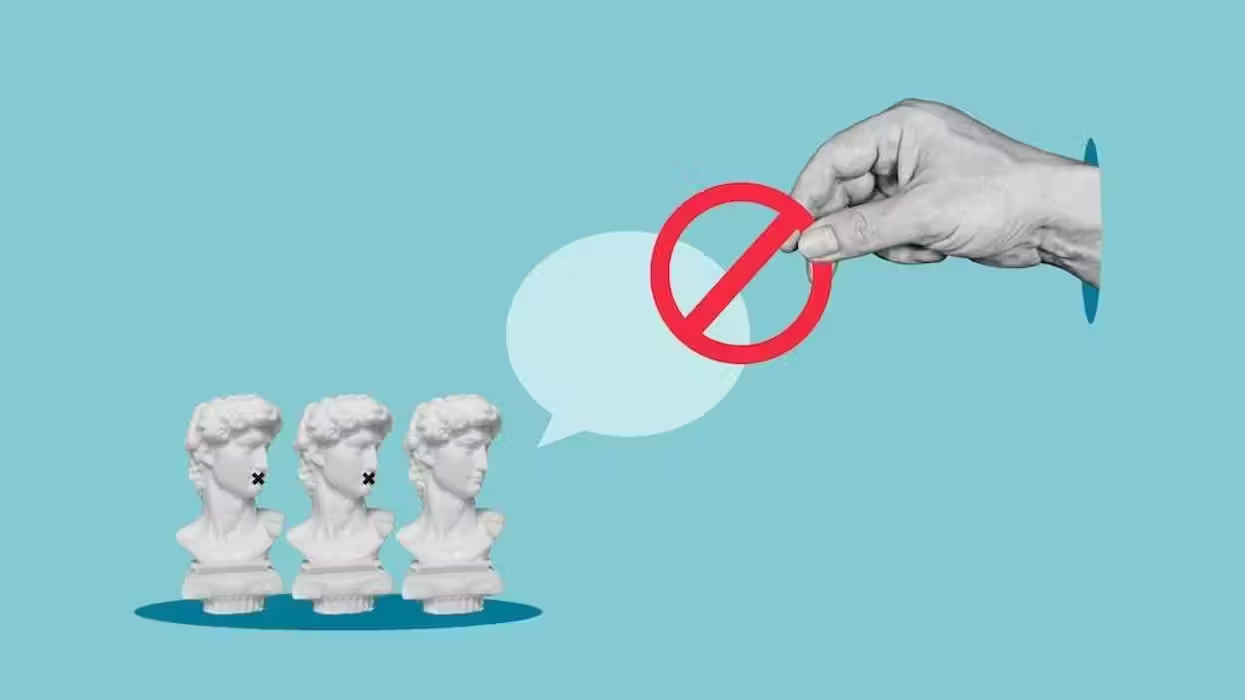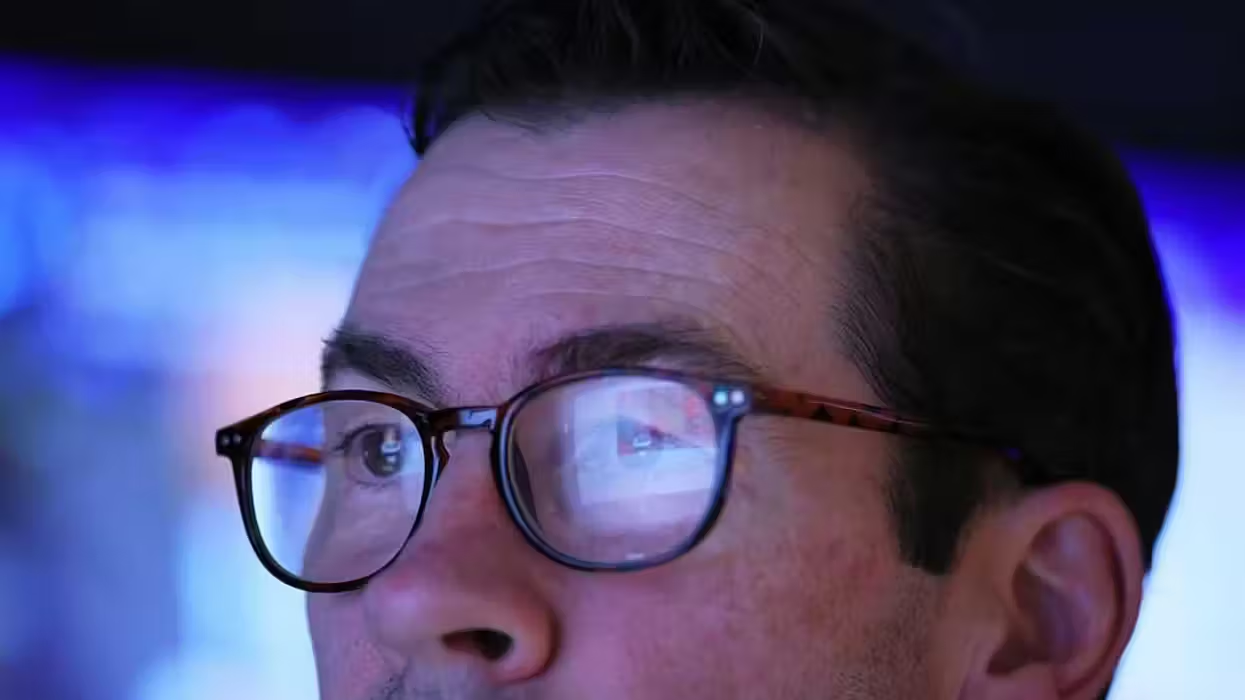
© 2026 Blaze Media LLC. All rights reserved.
The Government Has Figured Out Why Deer Caught in Headlights Act Just Like Deer Caught in Headlights
December 10, 2014
The Department of Agriculture's U.S. Forest Service has released a video explaining why deer and other large animals often stay motionless on the road when approached by cars, and offered tips for avoiding collisions with these animals.
The 22-minute video, Avoiding Wildlife-Vehicle Collisions, explained that the eyes of a deer are stationary, so deer can't move their eyes around as people do.
"So, to a deer, a car heading into its path may only seem like an object that's increasing in size," USDA said. "Deer also see less detail than humans. And a deer's keen night vision results from an ability to take in a lot of light, which makes headlights blinding."
The video was produced by Sandra Jacobson, a U.S. Forest Service wildlife biologist, and the Missoula Technology and Development Center. Jacobson said understanding how deer see the world could help people drive more safely on the road.
 USDA released a video Wednesday that tries to get people to think like deer, so they can avoid hitting deer while driving.
USDA released a video Wednesday that tries to get people to think like deer, so they can avoid hitting deer while driving.
Image: AP Photo/The Brainerd Daily Dispatch, Steve Kohls, File
While deer eyes are different from human eyes, their work schedules are similar, a factor that USDA said leads to fatal collisions.
"Dawn and dusk are active times for many species of large animals which is, coincidentally, a time when people may be traveling to and from work," USDA said. "Choice deer habitat may overlap with human routes of travel, and certain road features, including adjacent or intersecting waterways, tend to attract deer and other large animals."
The video was made to help educate Forest Service employees, but USDA said the information is relevant to anyone who drives.
By making the video, the federal government has become an award-winning producer. The video won a bronze medal from the 36th annual Telly Awards, for excellence in the nature and safety categories.
Want to leave a tip?
We answer to you. Help keep our content free of advertisers and big tech censorship by leaving a tip today.
Want to join the conversation?
Already a subscriber?
more stories
Sign up for the Blaze newsletter
By signing up, you agree to our Privacy Policy and Terms of Use, and agree to receive content that may sometimes include advertisements. You may opt out at any time.
Related Content
© 2026 Blaze Media LLC. All rights reserved.
Get the stories that matter most delivered directly to your inbox.
By signing up, you agree to our Privacy Policy and Terms of Use, and agree to receive content that may sometimes include advertisements. You may opt out at any time.






